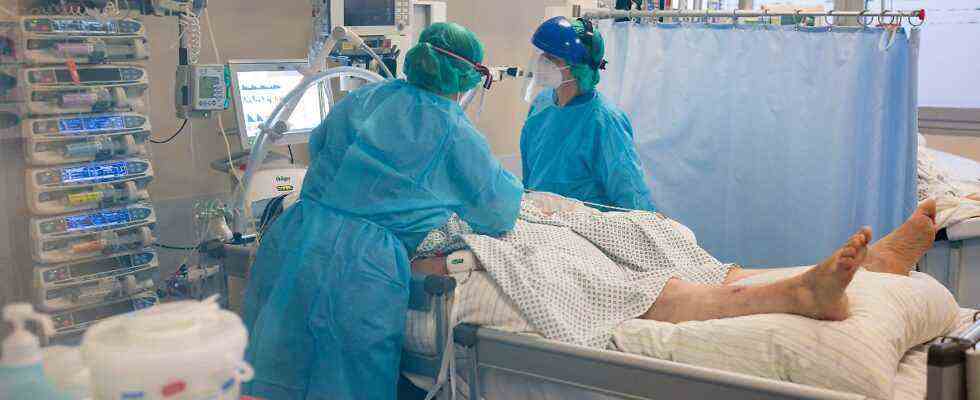Sunday, January 09, 2022
RKI reports 36,552 new infections
Seven-day incidence jumps to 362.7
Compared to the previous day, the Robert Koch Institute registered fewer new infections in the morning. On the other hand, the seven-day incidence increases significantly. The RKI gives the number of new deaths at 77.
The incidence of new corona infections in Germany has risen sharply again. The Robert Koch Institute (RKI) gave the seven-day incidence in the morning to be 362.7. The day before it was 335.9, a week ago it was 222.7. The value quantifies the number of new infections per 100,000 inhabitants over a period of seven days. The incidence is again as high as it was last before Christmas.
As the RKI announced, citing data from the health authorities, 36,552 new infections were recorded within 24 hours. A week ago it was 12,515. 77 new coronavirus-related deaths were also counted. According to the latest information from the RKI, the health authorities have recorded a total of 7,510,436 cases of infection since the start of the pandemic. The total number of registered corona deaths in Germany rose to 113,977. The institute put the number of people recovered from illness caused by the coronavirus in Germany at around 6,713,100.
In November, the federal and state governments set the so-called hospitalization incidence as the decisive yardstick for tightening the corona measures. This value indicates how many people per 100,000 inhabitants are in hospital within seven days because of a corona infection. According to the latest RKI report from Friday, the nationwide hospitalization incidence was 3.15.
Note: The RKI figures usually deviate slightly from the case data that ntv.de reports daily in the evening. The ntv.de data team has direct access to the registration figures from the federal states as published by the local ministries and authorities. The RKI, on the other hand, is bound to the legally prescribed reporting channels, which can lead to a delay.
In addition, the respective daily values map different recording periods: the ntv evaluation collects the country information published by the evening and uses this to calculate a daily status of the reported number of cases, which is usually published from 8 p.m. onwards. The RKI’s recording system, on the other hand, takes into account incoming reports up to midnight, with the current data status being announced the following morning.

